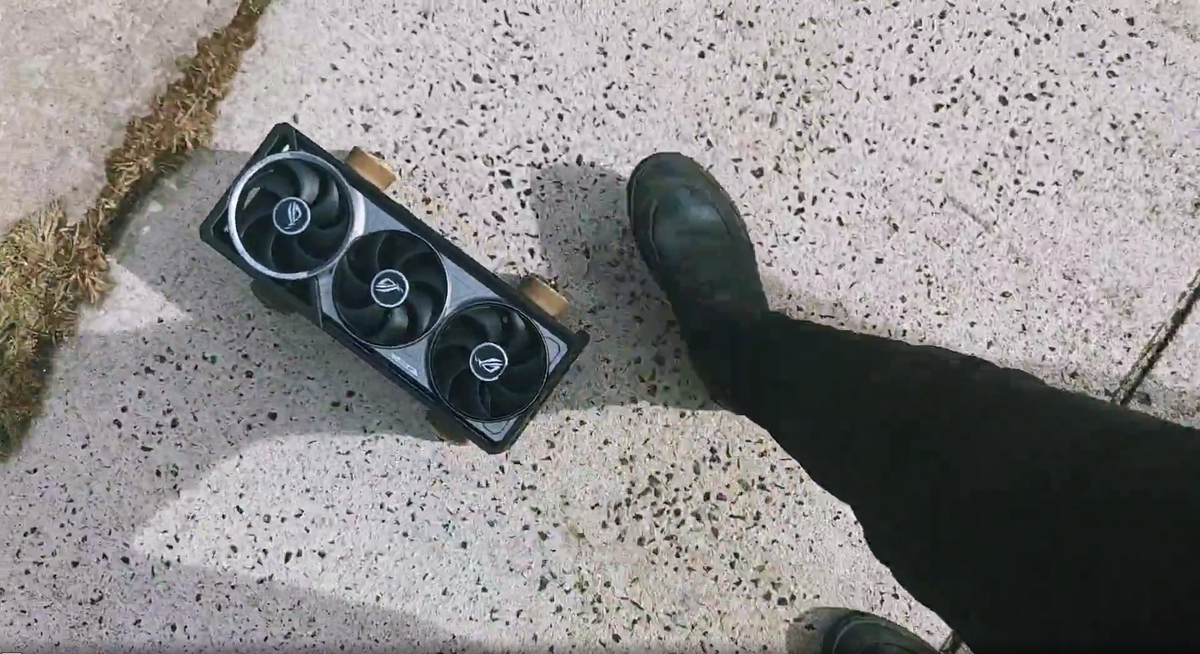Innovation can be a tough business, especially when it comes to mobile phones. While new form factors like Samsung’s foldable Galaxy Z Fold and Z Flip have already been solidified with seven generations, other iterations (looking at you, iPhone Plus and iPhone Mini) haven’t quite survived the test of time. Still, the pressure to deliver something new is always there, and it’s apparently now the ultra-thin handset’s turn. It’s too early to know for sure precisely how that experiment will pan out, but rumblings in the here and now aren’t exactly painting a rosy picture.
A report from South Korea’s Newspim indicates that Samsung, one of two titans that’s thrown its hat into the thin phone ring, may pull the plug on its Galaxy S26 Edge, the sequel to its 5.8mm Galaxy S25 Edge released this year. The reason? Lower-than-expected sales, according to the report. That makes practical sense from Samsung’s part (if people aren’t buying it, you probably shouldn’t sell it), but given the unique challenges of making thin phones, there could also be more going on behind the scenes.
[Exclusive] “Not Selling Well at All”… Samsung to Discontinue Ultra-Slim ‘Galaxy Edge’ Line
Samsung Electronics has decided to discontinue its ultra-slim smartphone lineup, the “Edge” series. The decision comes just five months after the company ambitiously launched the… pic.twitter.com/ixKHQN9sgk
— Jukan (@Jukanlosreve) October 16, 2025
As Raymond Wong, Gizmodo’s senior editor, consumer tech, already wrote, upgrading thin phones from generation to generation is likely to be quite difficult (and for that reason, you shouldn’t count on the iPhone Air 2 having an ultrawide camera). A thin phone, quite simply, gives you less room to play around with. Apple, for example, shoved all of the camera hardware and computing power into one tiny sliver on the top of its iPhone Air, making the rest of the phone essentially a giant battery.
There’s always room for a battery breakthrough that could help Apple shrink that brick and make room for more stuff inside the chassis, but that’s more speculation than anything else. In the current reality, the constraints of thin phones may be too great—great enough that a generation-to-generation leap could require more research and development money than it’s worth.
Given that thin phones are already difficult to make and that demand has proven low, thin phones may have a tougher time evolving than Samsung and Apple predicted they might. Don’t get me wrong: I haven’t used the iPhone Air at length, but I’ve messed around with it, and it’s an impressive feat of engineering. The appeal of a device with such a small footprint was obvious to me the second I held it in my hand. That being said, this report—if true—may indicate that many consumers don’t actually want a smaller, thinner device at all costs. Which would make sense: Many folks also care a lot about camera quality and battery life, and if the iPhone Air can’t compete on those fronts, it may also have a limited audience.
Only time and concrete sales numbers will tell whether thin phones are here to stay, but to be honest, it didn’t surprise me to hear this rumor: It already feels like thin phones are on thin ice.









 English (US) ·
English (US) ·